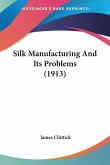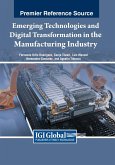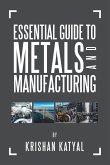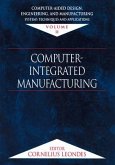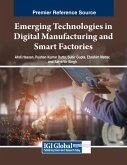Additive Manufacturing in Aerospace: A Game Changer Additive manufacturing (AM), also known as 3D printing, is revolutionizing the aerospace industry. AM allows for the production of complex parts with intricate geometries that would be difficult or impossible to manufacture using traditional methods. AM also enables the use of lightweight materials, which can improve the fuel efficiency and performance of aircraft. One of the key advantages of AM for aerospace is its flexibility. AM can be used to produce custom parts in small batches, which is ideal for prototyping and low-volume production. AM can also be used to produce parts that are not possible to manufacture using traditional methods, such as parts with internal cavities or complex lattice structures. Another key advantage of AM for aerospace is its ability to reduce weight. AM allows for the use of lightweight materials, such as titanium and aluminum alloys, which can significantly reduce the weight of aircraft components. This can lead to improved fuel efficiency and performance, as well as reduced maintenance costs. AM is already being used by aerospace companies to produce a wide range of parts, including fuel nozzles, heat exchangers, and structural components. For example, GE Aviation is using AM to produce fuel nozzles for its LEAP jet engine, which are 30% lighter and more efficient than traditional nozzles. Airbus is also using AM to produce heat exchangers for its A350 XWB aircraft, which are 30% lighter and more compact than traditional heat exchangers. In the future, AM is expected to play an even greater role in the aerospace industry. As AM technology continues to develop, it will become possible to produce even more complex and lightweight parts using AM. AM is also expected to be used to produce entire aircraft components, such as wings and fuselages.
Hinweis: Dieser Artikel kann nur an eine deutsche Lieferadresse ausgeliefert werden.
Hinweis: Dieser Artikel kann nur an eine deutsche Lieferadresse ausgeliefert werden.



